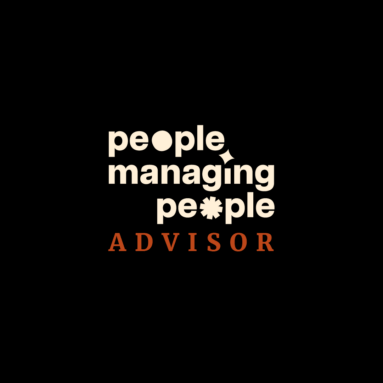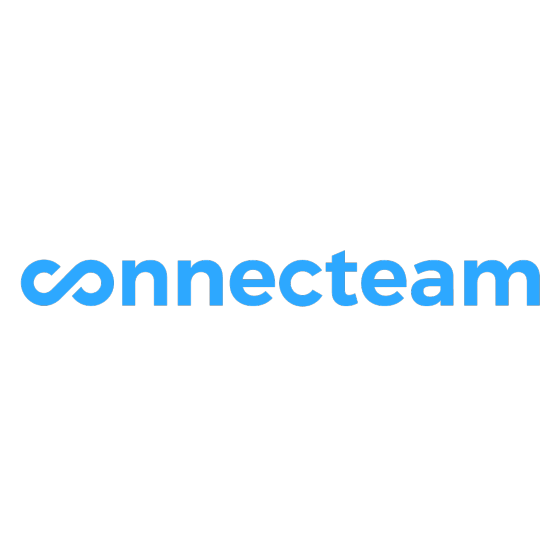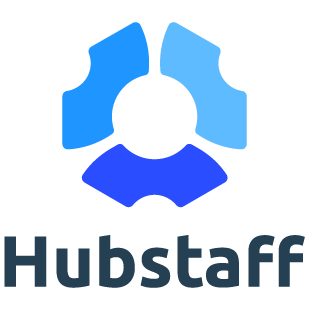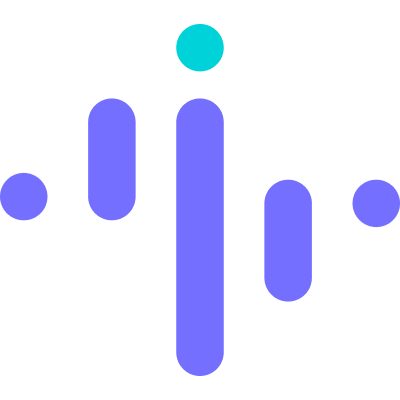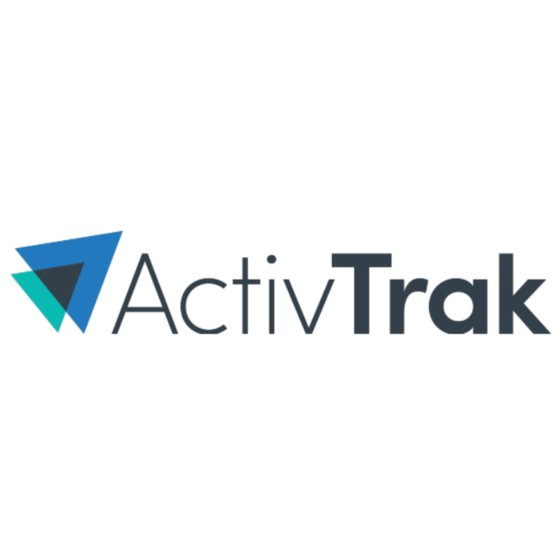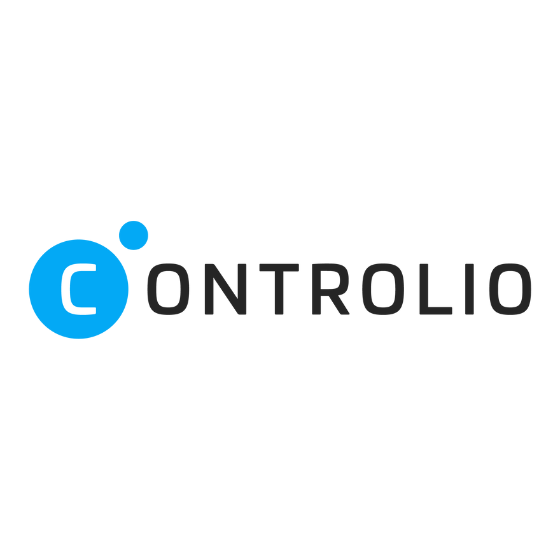Pricing for remote employee monitoring software can be a headache. With complex tiers, feature gating, and hidden costs, it's no wonder you're confused. Plus, many companies don't share prices upfront.
This guide is for you—whether you're in finance, procurement, or a department head planning your budget.
I'll cover typical cost ranges, pricing models, and hidden fees. You'll also get advice on evaluating ROI. Let's make your buying decision easier.
Pricing varies with features, usage, and service level, so if you need advanced analytics or 24/7 support, expect to pay more
Upfront cost doesn’t reflect total cost; watch out for add-ons like training or extra user licenses that can add up
Focus on ROI and scalability, not just sticker price; choose software that grows with your team and delivers value over time
What Factors Influence Remote Employee Monitoring Software Pricing?
When choosing remote employee monitoring software, you must consider factors like team size, level of monitoring needed, and integration capabilities to avoid surprise costs. Here's what to keep in mind:
| Factor | How It Affects Pricing |
| Number of Employees | More employees mean higher costs, with prices often increasing by $5-$10 per user per month. |
| Contractor Support | Supporting contractors can add fees, usually around $2-$5 per contractor monthly. |
| Tax Filing Fees | Automated tax filing incurs extra charges, typically $50-$100 per filing period. |
| Integration Needs | If you need integration with other tools, expect additional fees ranging from $10-$30 per integration. |
| Data Security Levels | Enhanced security features can add costs, often $20-$50 extra monthly for advanced protection. |
Remote Employee Monitoring Software Price Comparison
| Tool | Best For | Trial Info | Price | ||
|---|---|---|---|---|---|
| 1 | Best for employee monitoring with GPS tracking capabilities | 14-day free trial + free plan available | From $29/month (for up to 30 users, billed annually) + $0.5/user/month for each additional user | Website | |
| 2 | Best for app and URL monitoring | 14-day free trial | From $4.99/user/month (billed annually) | Website | |
| 3 | Best for employee productivity monitoring | 7-day free trial | From $6.40/user/month (billed annually) | Website | |
| 4 | Best for advanced user behavior analytics | Free demo available | Contact for pricing | Website | |
| 5 | Best for monitoring employee activities | 14-day free trial + 30 day money back guarantee | From $4/user/month | Website | |
| 6 | Best for GPS tracking & geofencing for clock-ins | 14-day free trial | From $4.49/user/month + $19/month base fee | Website | |
| 7 | Best for AI-powered productivity reports | 14-day free trial | From $3.99/user/month | Website | |
| 8 | Best for privacy-conscious productivity monitoring | 14-day free trial + free plan available | From $10/user/month | Website | |
| 9 | Best for ensuring remote employee complianc | Free trial available | From $6.67/user/month (billed annually) | Website | |
| 10 | Best for monitoring employees in regulated environments | Free demo available | Contact for pricing | Website |
Understanding Pricing Models
When choosing remote employee monitoring software, it's vital to understand the pricing models, which dictate how you'll pay, separate from the actual cost. For example, per-user pricing grows as your team expands, while tiered subscriptions might lock premium features behind higher costs. Here's a breakdown of common pricing models:
| Pricing Model | How It Works | What to Watch For |
| Per user or seat | You pay a set fee for each user accessing the software | Costs rise quickly as your team grows; budget for future hires |
| Per usage | Charges based on how much you use the software | High usage can lead to unexpected costs; monitor usage patterns |
| Tiered subscription | Fixed price levels with varying features | Higher tiers often have essential features; ensure you don't outgrow a lower tier |
| Custom quote | Pricing tailored to your specific needs | Can be more expensive; compare quotes and negotiate where possible |
| Pay-as-you-go or annual | Pay based on monthly usage or commit annually for discounts | Monthly flexibility costs more; annual plans save money but require upfront payment |
Typical Pricing by Company Size
Pricing scales with company size, impacting your budget as your team grows. Understanding these differences helps you choose the right fit for your needs:
| Company Size | Typical Price Range | What’s Usually Included | Common Use Cases & Vendors |
| Small business | $10–$50/month | Basic monitoring features; advanced analytics cost extra | Freelancers, remote startups; vendors: Hubstaff, Time Doctor, ActivTrak |
| Mid-size business | $50–$200/month | Standard reporting, some integrations; more users cost more | Growing teams, remote support; vendors: Teramind, DeskTime, ActivTrak |
| Large business | $200–$500/month | Comprehensive monitoring, basic integrations; advanced tools extra | Distributed teams, customer service; vendors: VeriClock, Time Doctor, Teramind |
| Enterprise | $500+/month | Full suite, custom features; premium support costs more | Global operations, compliance; vendors: Teramind, VeriClock, Hubstaff |
Hidden & Add-On Costs to Watch For
When deciding on a remote employee monitoring software, it's crucial to look beyond the sticker price to avoid hidden fees. For instance, some vendors may charge onboarding fees or require payment for premium support. Knowing these costs upfront can save your team from unexpected expenses down the line. Here's what to watch for:
| Cost | Description |
| Onboarding/setup fees | Initial setup can cost $100-$500; some vendors like Teramind charge these fees for personalized configurations. |
| Training or certifications | Training sessions can add $50-$200 per user; Hubstaff offers paid training for advanced features. |
| Premium support | Enhanced support can cost an extra $20-$50 monthly; vendors like Time Doctor offer tiered support plans. |
| Integrations beyond standard set | Custom integrations might cost $10-$30 each; DeskTime charges for additional integrations beyond their standard offerings. |
| Usage overages | Exceeding usage limits can result in extra charges, often $5-$10 per user; ActivTrak charges for overages in data storage or user limits. |
| Contract minimums | Some vendors require minimum contract terms, leading to higher costs if you need flexibility; VeriClock often requires annual commitments for better rates. |
| Compliance or legal updates | Regular updates to meet compliance can cost $100-$300 per year; Teramind includes these updates in higher-tier plans. |
Types of Remote Employee Monitoring Software Pricing: Subscription Plans & Upgrade Triggers
Remote employee monitoring software often follows a subscription model, where plans vary by features and user limits:
- Plan Tiers: Typically, you'll find Starter, Pro, and Enterprise plans. Each tier includes more features, like advanced analytics or integrations.
- Upgrade Triggers: User limits and integration caps can push you to higher tiers. For example, once you exceed a certain number of users, you're required to upgrade.
- Annual vs. Monthly Discounts: Many vendors offer discounts for annual commitments, saving you money compared to monthly plans.
Some leading vendors, like Hubstaff and Teramind, are transparent about their tiered pricing but may charge extra for premium features like enhanced security or API access.
The bottom line is to review your team’s needs and growth plans to avoid paying for features you don’t use. Always compare plans side-by-side to ensure you’re getting the best value.
Maximizing ROI from Your Remote Employee Monitoring Software Investment
ROI should guide your buying decision for remote employee monitoring software, helping you track value gained after implementation:
Time Saved
Automation and streamlined workflows can significantly cut down on manual tasks, freeing up your team's bandwidth. Consider what manual processes this software will replace and how much time your team could reclaim. Ask vendors to demonstrate time-saving features in a real-world scenario. This evaluation ensures you're investing in a tool that genuinely enhances productivity.
Error Reduction
Reducing manual handoffs and calculations can prevent costly mistakes that drain resources. Identify where errors currently occur and how the new system would mitigate them. Request vendors to show how data is validated and controlled across the platform. This insight helps you choose a solution that minimizes errors and boosts accuracy.
Compliance Avoidance
Features supporting legal, financial, or industry standards can mitigate the risk of fines or audits. Check what compliance features are built-in and whether the platform supports specific industry requirements. Ask for examples of how the software has helped avoid compliance gaps. This evaluation ensures you're not just compliant but also protected from potential liabilities.
Cross-Team Adoption or Consolidation
A tool that replaces multiple others or is easy for various teams to use can lower costs and improve alignment. Determine if this software could replace multiple tools and what teams would realistically adopt it. Request vendors to share rollout stories across functions. This helps ensure you're investing in a versatile solution that aligns with your organizational needs.
Questions to Ask Vendors During Pricing Demos
Demos are your team’s best chance to clarify pricing, dig into what's included, and avoid surprises. Come prepared with questions to ensure you understand all costs involved. If you're considering writing a remote employee monitoring software RFP, these questions will be especially useful:
- How is your pricing structure organized, and what are the key factors that influence it?
- Which features are included in each pricing tier, and what requires an upgrade?
- Are there usage caps, and what happens if we exceed them?
- What are the costs for support and onboarding, and are there any optional fees?
- How often will we be billed, and what are the terms for renewal?
- Which integrations are covered, and are there limits on how many we can use?
- Are there any discounts for annual billing or multi-year commitments?
- Can you provide examples of hidden fees that other clients have encountered?
Tips for Negotiating Remote Employee Monitoring Software Pricing
Pricing is often flexible, and the more prepared you are, the better your outcome. Strong negotiation tactics can help your team secure better pricing and contract terms without sacrificing functionality. Consider these tips to maximize your deal:
- Benchmark Competitors: Research what competitors charge for similar features. Use this info to negotiate better terms with your chosen vendor.
- Discount Opportunities: Ask about discounts for startups, nonprofits, or long-term commitments. Vendors often offer reduced rates for these groups.
- Pilot Programs: Negotiate a pilot program or phased rollout pricing. This lets you test the software without full financial commitment upfront.
- Renewal and Lock-In Clauses: Review renewal terms and lock-in clauses to avoid unexpected price hikes. Negotiate flexible terms that suit your future needs.
- Group Buying: Leverage group buying or procurement support for better rates. Joining forces with other departments can strengthen your bargaining position.
What’s Next:
If you're in the process of researching remote employee monitoring software, connect with a SoftwareSelect advisor for free recommendations.
You fill out a form and have a quick chat where they get into the specifics of your needs. Soon after, receive a shortlist of software to review. They'll even support you through the entire buying process, including price negotiations. So, if you don't know where to start, start there!


